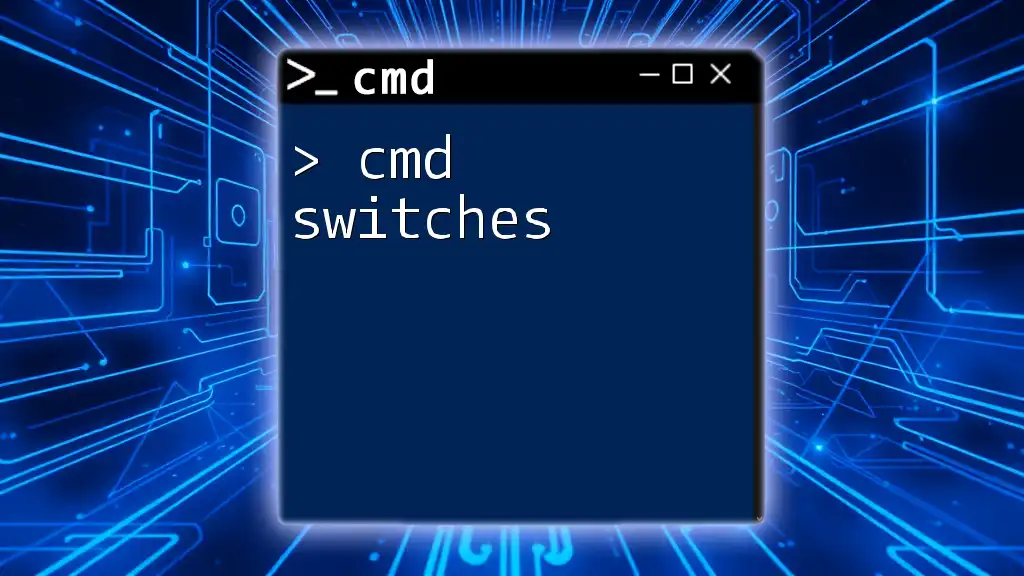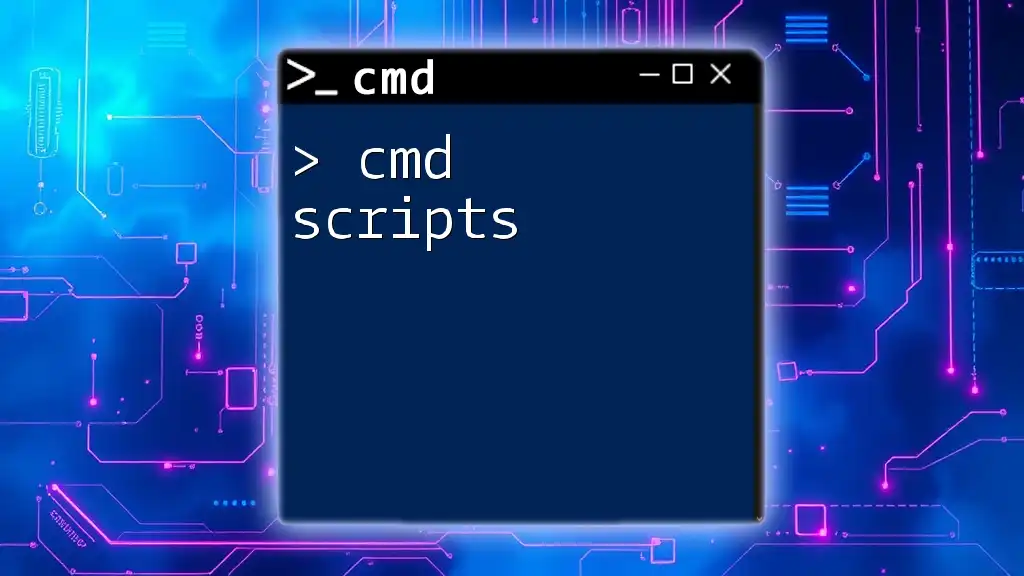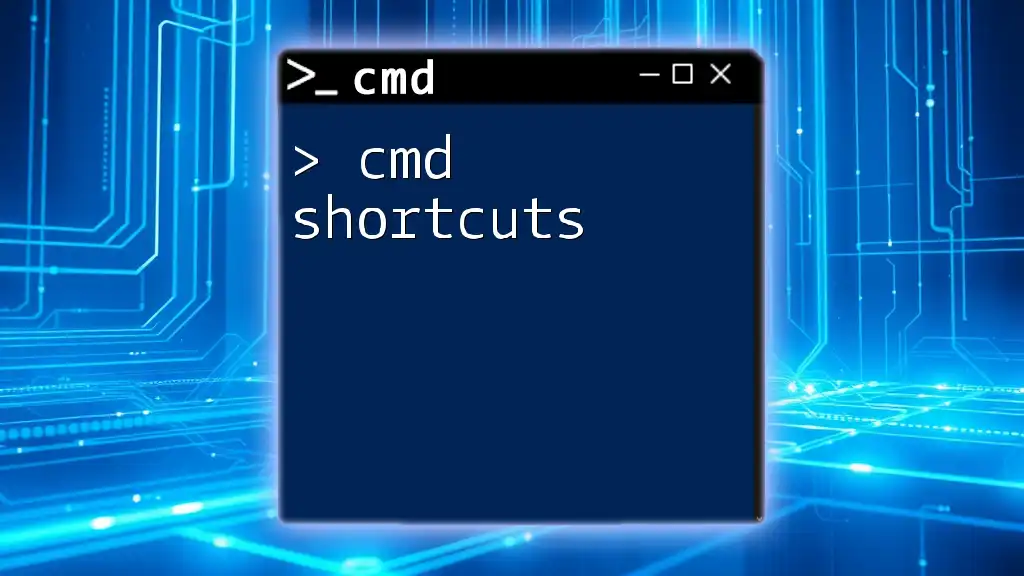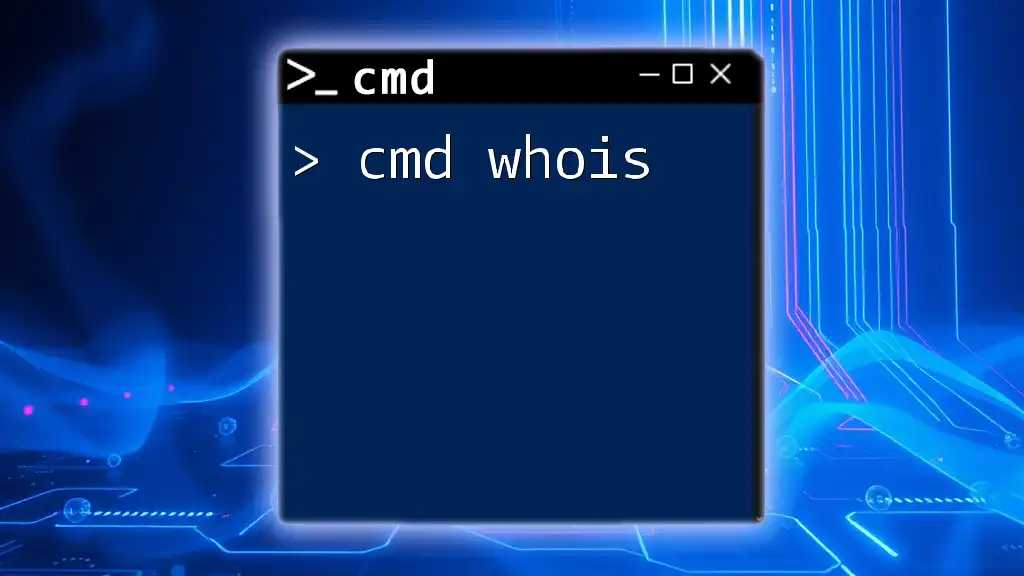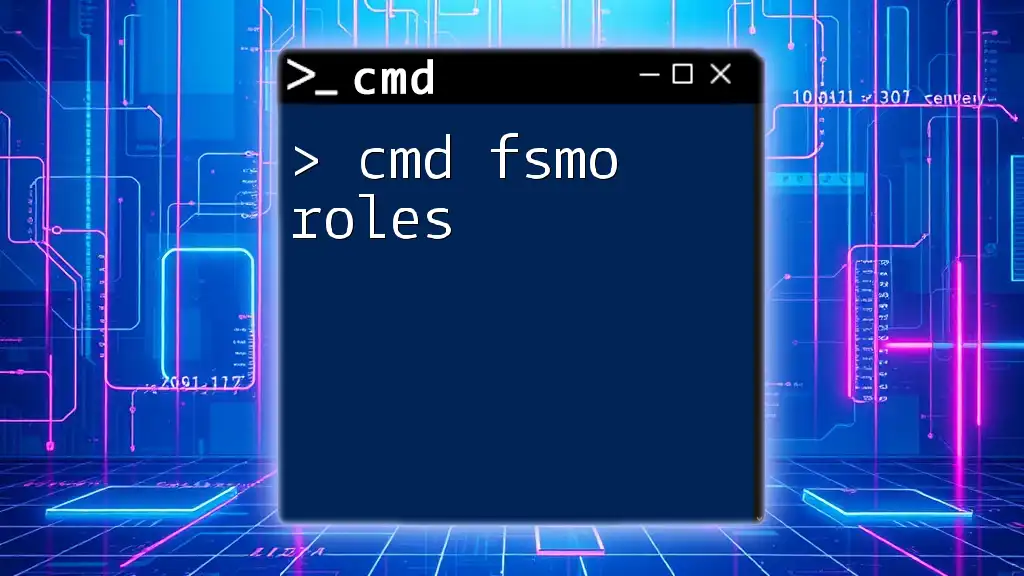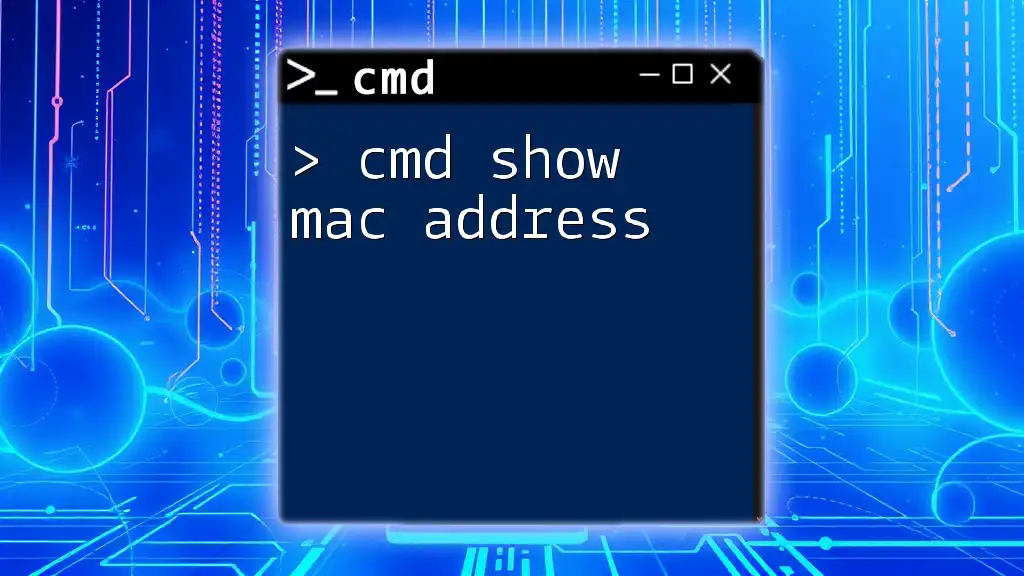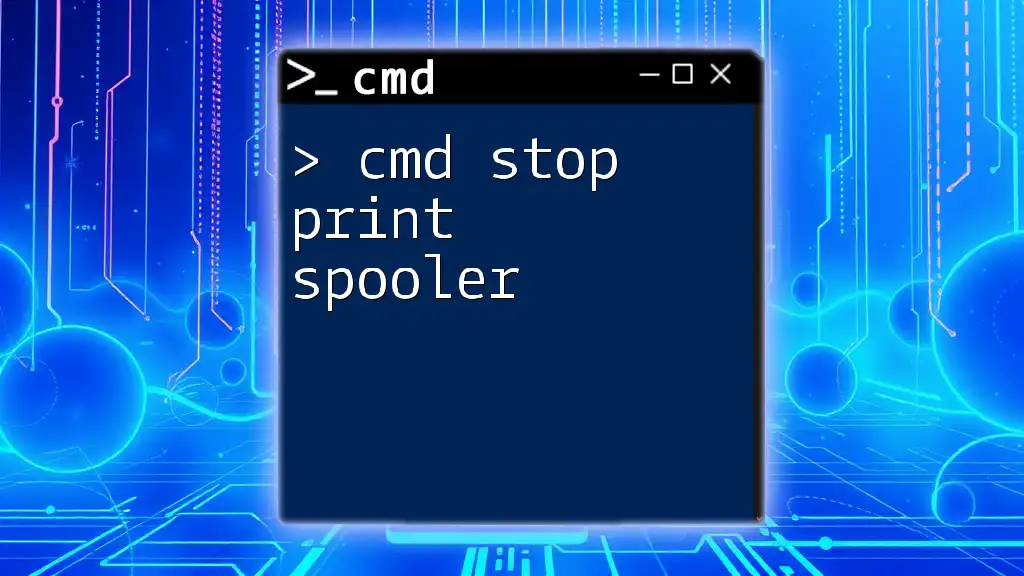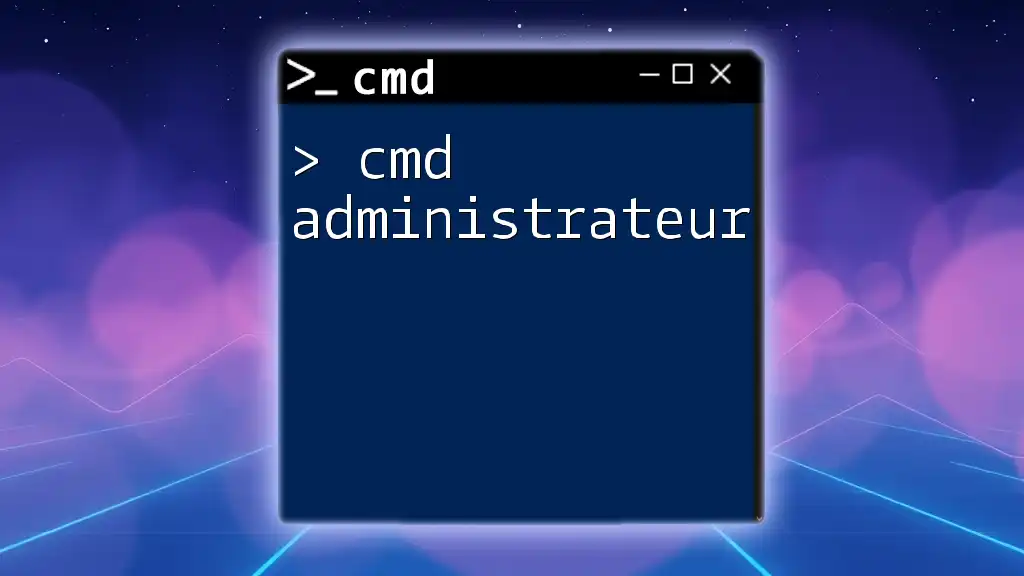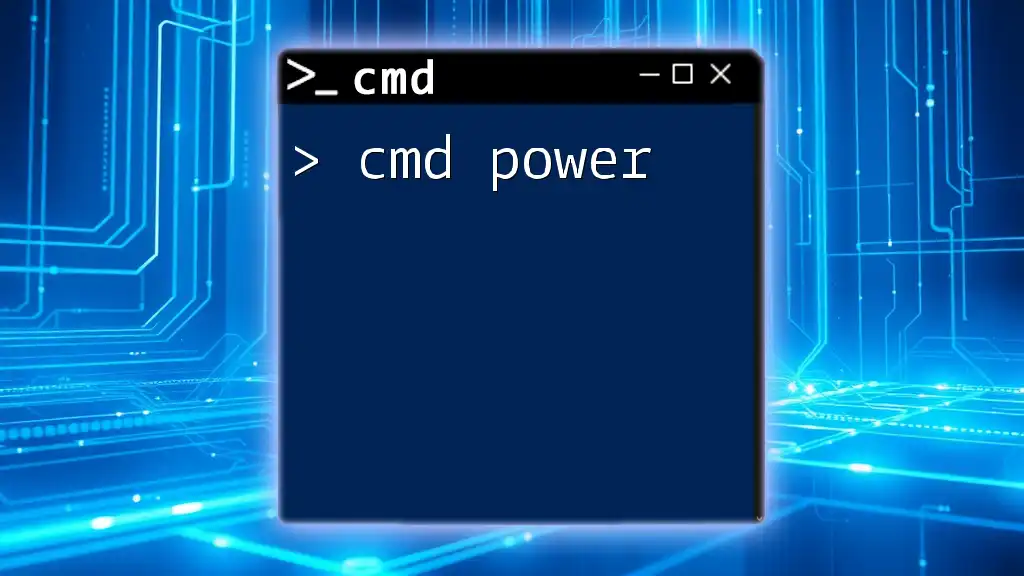You can display all the drives available on your system by using the Command Prompt with the following command:
wmic logicaldisk get name
Understanding Drives in Windows
What are Drives?
In computing, drives refer to storage devices that hold data on your system. Commonly seen in Windows, drives are typically designated by letters - for example, the C: drive usually denotes the primary hard drive where the operating system is installed. Other letters, such as D: or E:, often represent additional hard drives, partitions, or removable storage devices like USB drives. Understanding the various types of drives, including HDDs (Hard Disk Drives), SSDs (Solid State Drives), and removable drives, is crucial for effective system management.
The Role of Drive Letters
Each drive is assigned a letter to simplify navigation in the file system. This drive letter system allows users to easily identify and access different volumes. For instance, C: serves as the default access point for system files, while D: might host user files or applications. Familiarity with these letters streamlines operations within the Command Prompt, enabling you to execute commands efficiently.

Accessing the Command Prompt
Navigating to CMD
Opening the Command Prompt is a straightforward process in Windows. You can access it by searching for "cmd" in the Start Menu. Alternatively, using Windows + R, you can open the Run dialog, type `cmd`, and hit Enter. This invokes the Command Prompt where you can start executing commands.
Setting Up for Commands
Before running any commands, it’s vital to ensure you have the necessary permissions. Sometimes, CMD may require administrative privileges to access certain system information or make changes. Right-click on the Command Prompt icon and choose “Run as administrator” if necessary. Also, check your Windows version to understand compatibility with various commands.
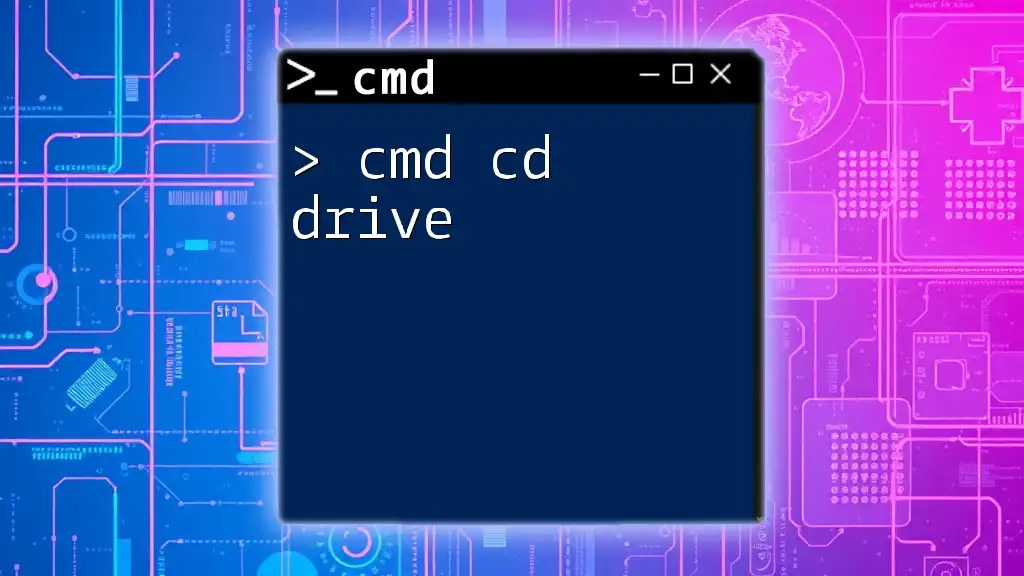
Showing Drives with CMD
Using the `wmic` Command
The `wmic` (Windows Management Instrumentation Command-line) is a powerful utility for managing system information. To show the drives on your computer, you can use the following command:
wmic logicaldisk get name
When you execute this command, it will return a list of available drive letters. The expected output might look like this:
Name
C:
D:
E:
This output indicates the drives detected by your system, allowing you to confirm that your drives are recognized.
Utilizing the `diskpart` Command
`diskpart` is another valuable tool that helps manage disks, partitions, and volumes more extensively. To show drives using `diskpart`, follow these steps:
- Type `diskpart` and hit Enter to open the disk management tool.
- Enter the command:
list volume
After running this command within `diskpart`, you'll see an output detailing all the volumes on your drives, typically showing the letter, label, file system, type, and available space. This command gives a clear view of how your storage devices are organized and whether they are functioning correctly.
Basic `dir` Command
You can also indirectly inspect drives using the `dir` command, which lists the contents of a specified directory. For example, to check the contents of the C: drive, you can execute:
dir C:\
The output will reveal the files and folders contained within the C: drive along with their sizes and last modified dates. This command is particularly useful for quickly verifying if a drive is accessible and functioning as expected.
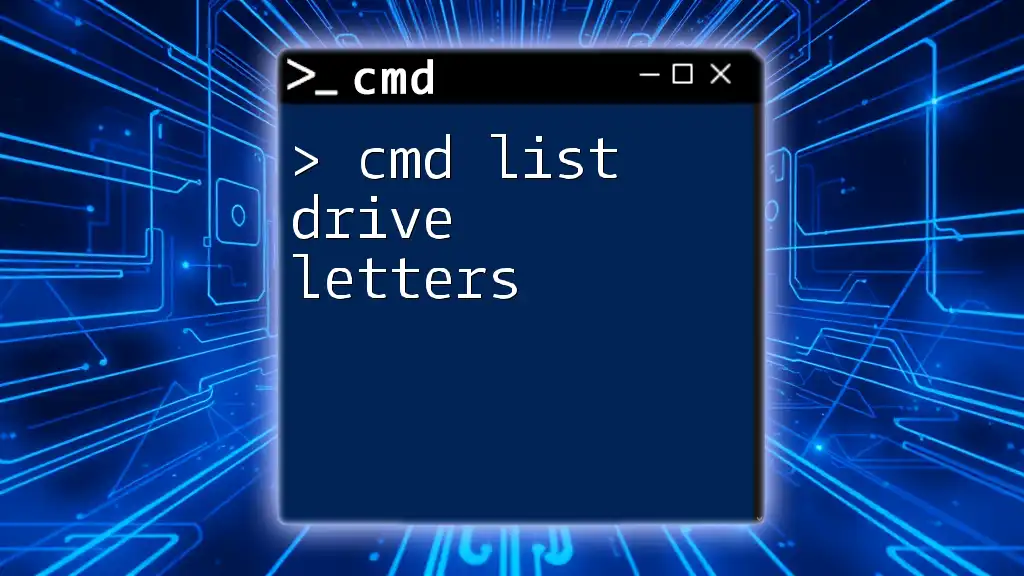
Advanced Methods to Show Drives
Using `PowerShell`
For users who prefer an alternative to CMD, PowerShell provides powerful tools for managing system settings and displays. You can list all drives in PowerShell with this command:
Get-PSDrive
This command will produce a list of all logical drives with relevant details, including space used and available on each drive. PowerShell offers more formatting options and additional functionalities, making it a preferred choice for many users.
Third-party Tools
While CMD and PowerShell are powerful on their own, there are third-party tools that enhance drive management with a graphical user interface (GUI). Applications like WinDirStat or TreeSize can display your drives and their usage visually. These tools make it easier to manage large volumes of data, identifying large files and freeing up space on your drives.
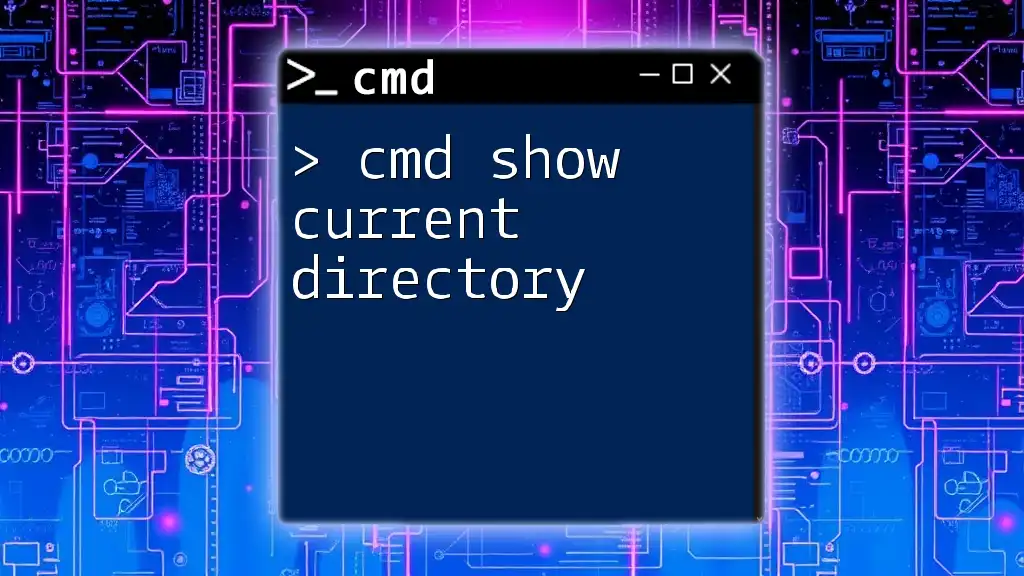
Troubleshooting Common Issues
No Drives Found
If you run a command and find that no drives are shown, it may stem from several issues. Permissions could prevent CMD from accessing drive information. Additionally, a malfunctioning or incorrectly connected drive might not appear at all. Always verify that your drives are connected and functioning properly.
CMD is Not Recognized
If you encounter a message indicating the command isn't recognized, ensure that you're entering it correctly. CMD commands must be formatted precisely. Also, check your system PATH to ensure that CMD is properly configured to recognize commands. If these issues persist, the Command Prompt might not be installed correctly, requiring troubleshooting or repair.
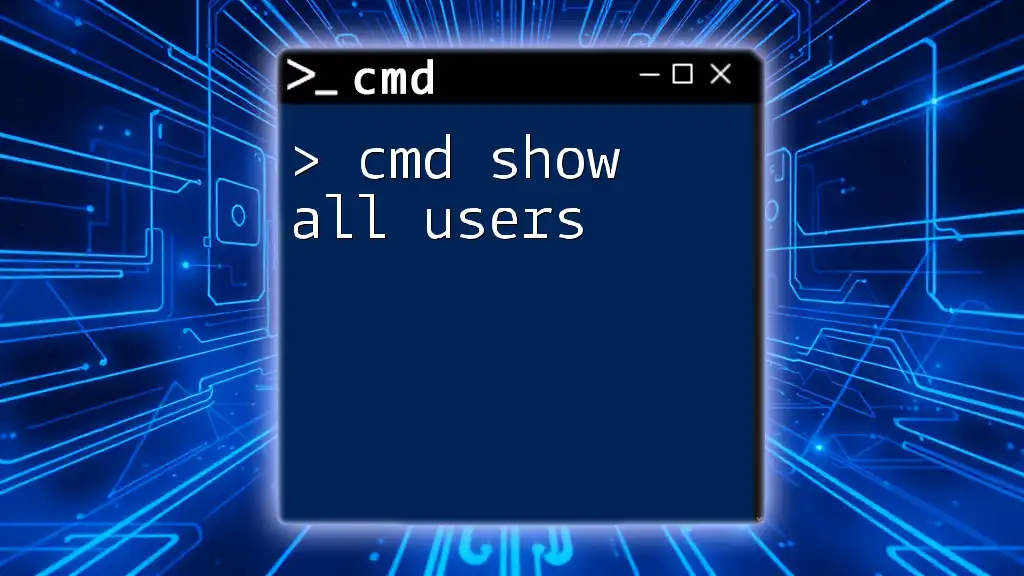
Best Practices for Using CMD
Regular Shortcuts for Drive Navigation
Learning keyboard shortcuts can significantly enhance your efficiency in navigating drives using CMD. For instance, using Tab when typing a drive letter allows for swift autocompletion, helping to minimize typing errors and speeding up your workflow.
Keeping the Command Prompt Organized
When executing multiple commands or writing scripts, maintain clarity by structuring your commands well. Commenting within scripts using rem statements helps you and others understand the purpose of commands when reviewing them later.
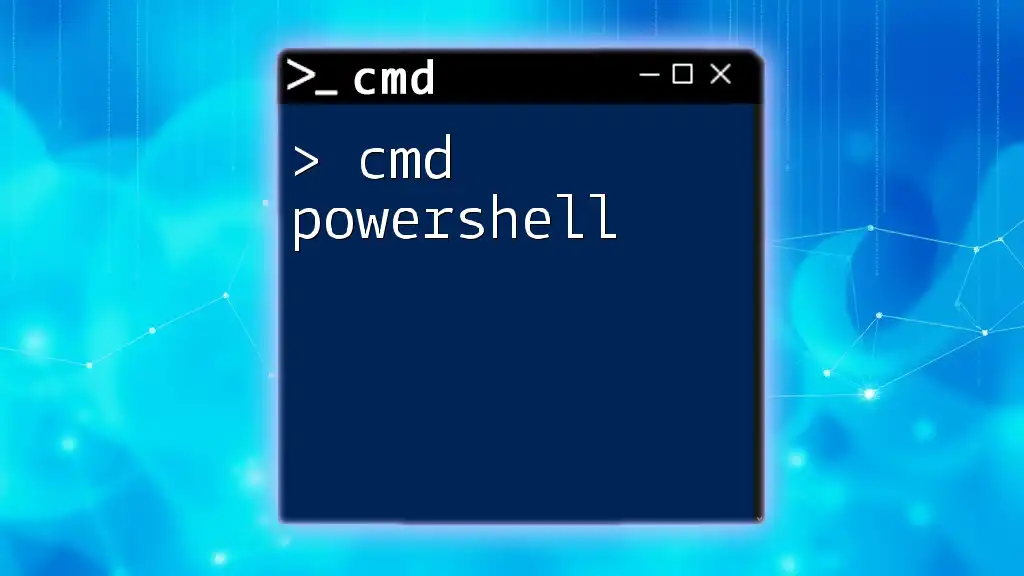
Conclusion
Mastering the `cmd show drives` commands empowers you to navigate through and manage your system drives effectively. Familiarity with utilities like `wmic` and `diskpart`, along with understanding the nature of your drives and their organization, forms the foundation of proficient command line usage. Practicing these skills will greatly enhance your confidence in using CMD, ultimately leading to more efficient system management.







